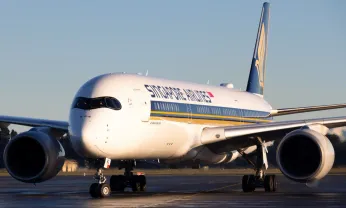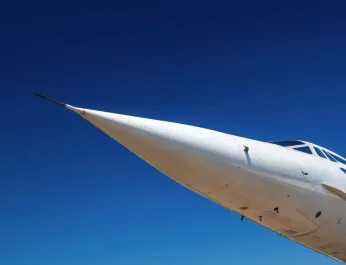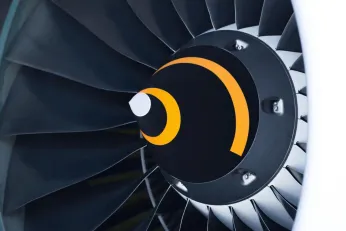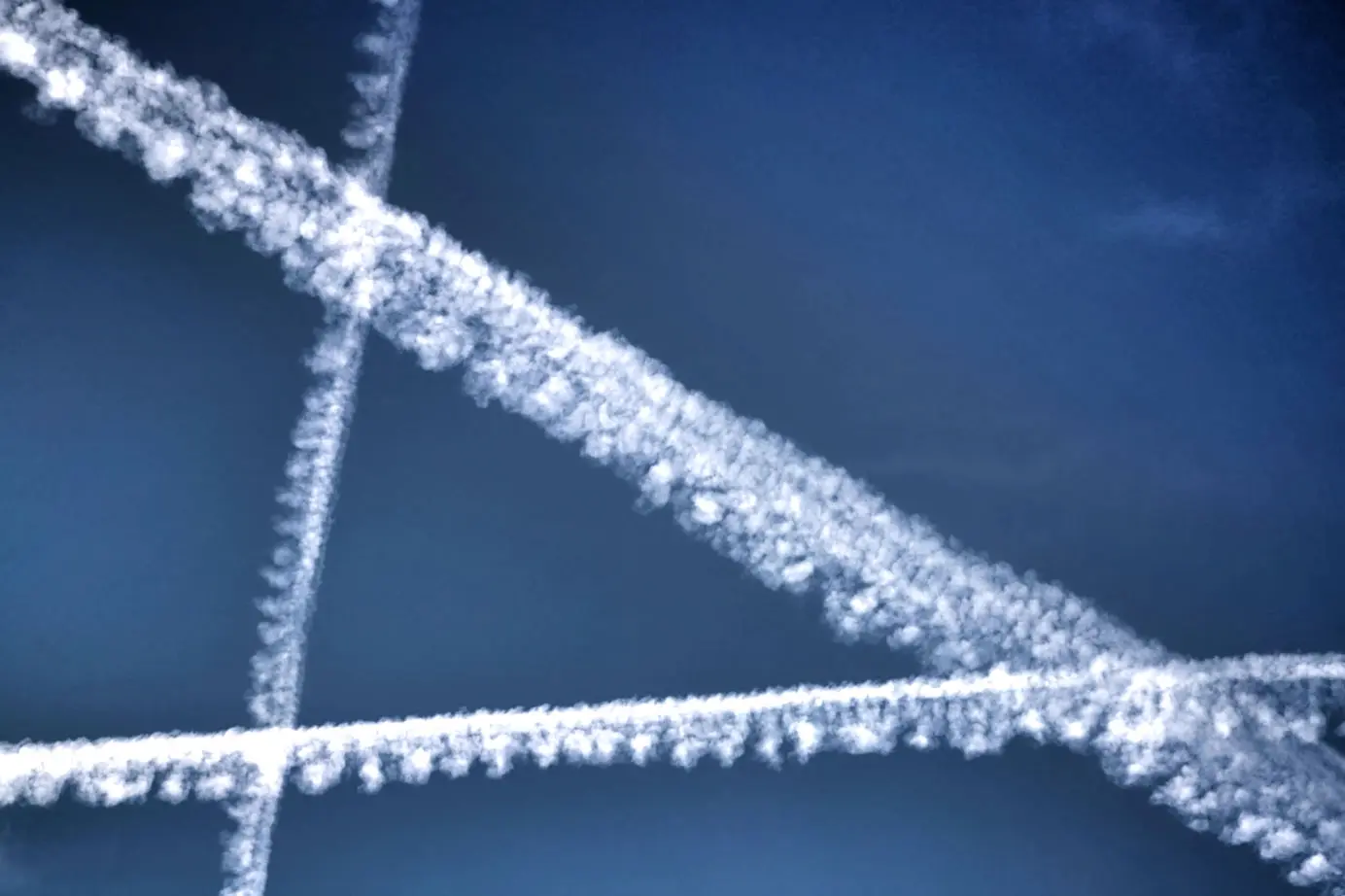
In-Flight Safety: How Do Planes Avoid Each Other?
Planes avoid each other using various technologies, protocols, and collision avoidance systems. Learn more about how planes ensure safe distance in the skies.
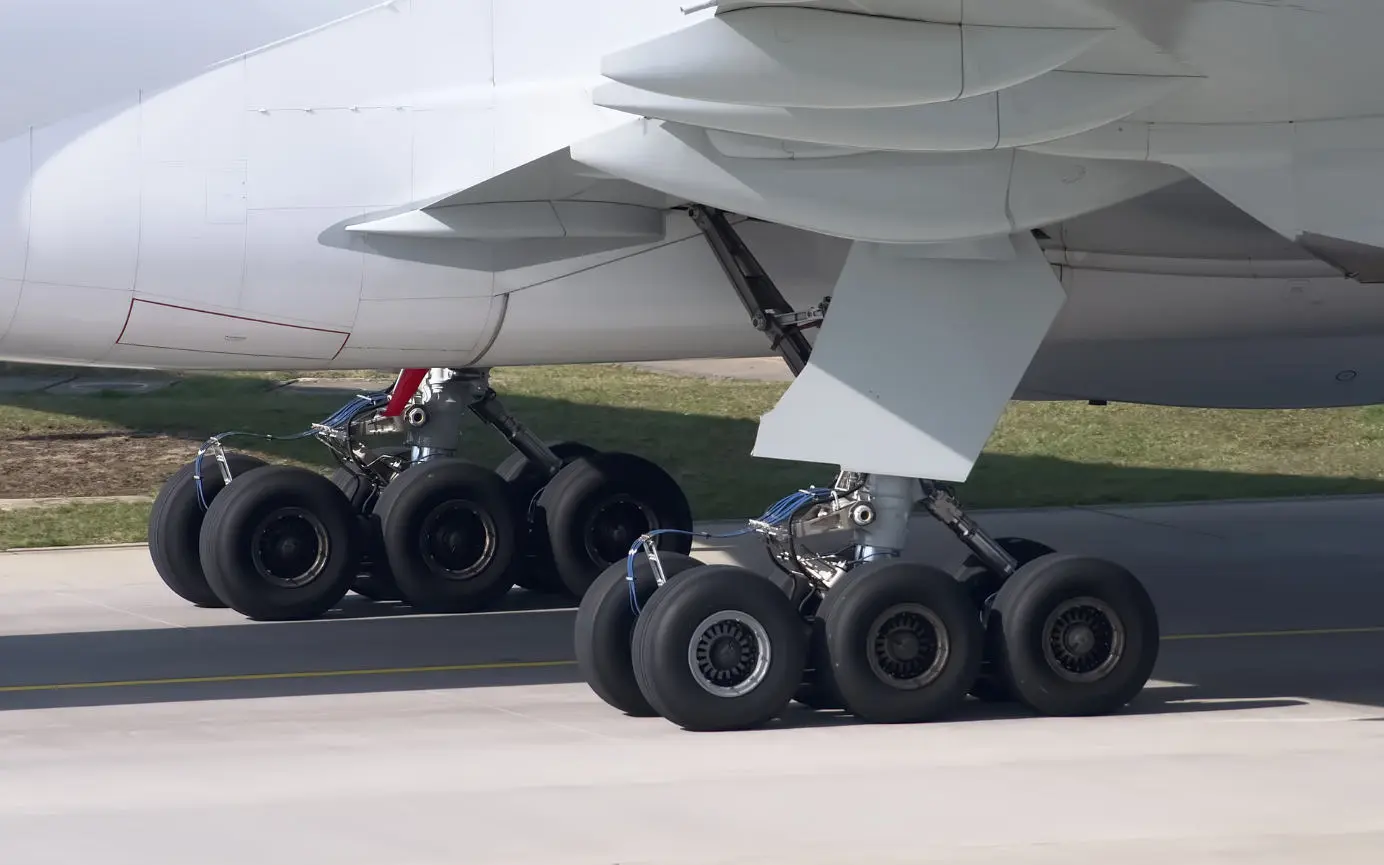
Understanding How Often Airplane Tires are Changed
Airplane tires are typically changed based on a combination of factors including usage, wear, and manufacturer recommendations. Learn more about the frequency and process of changing airplane tires.
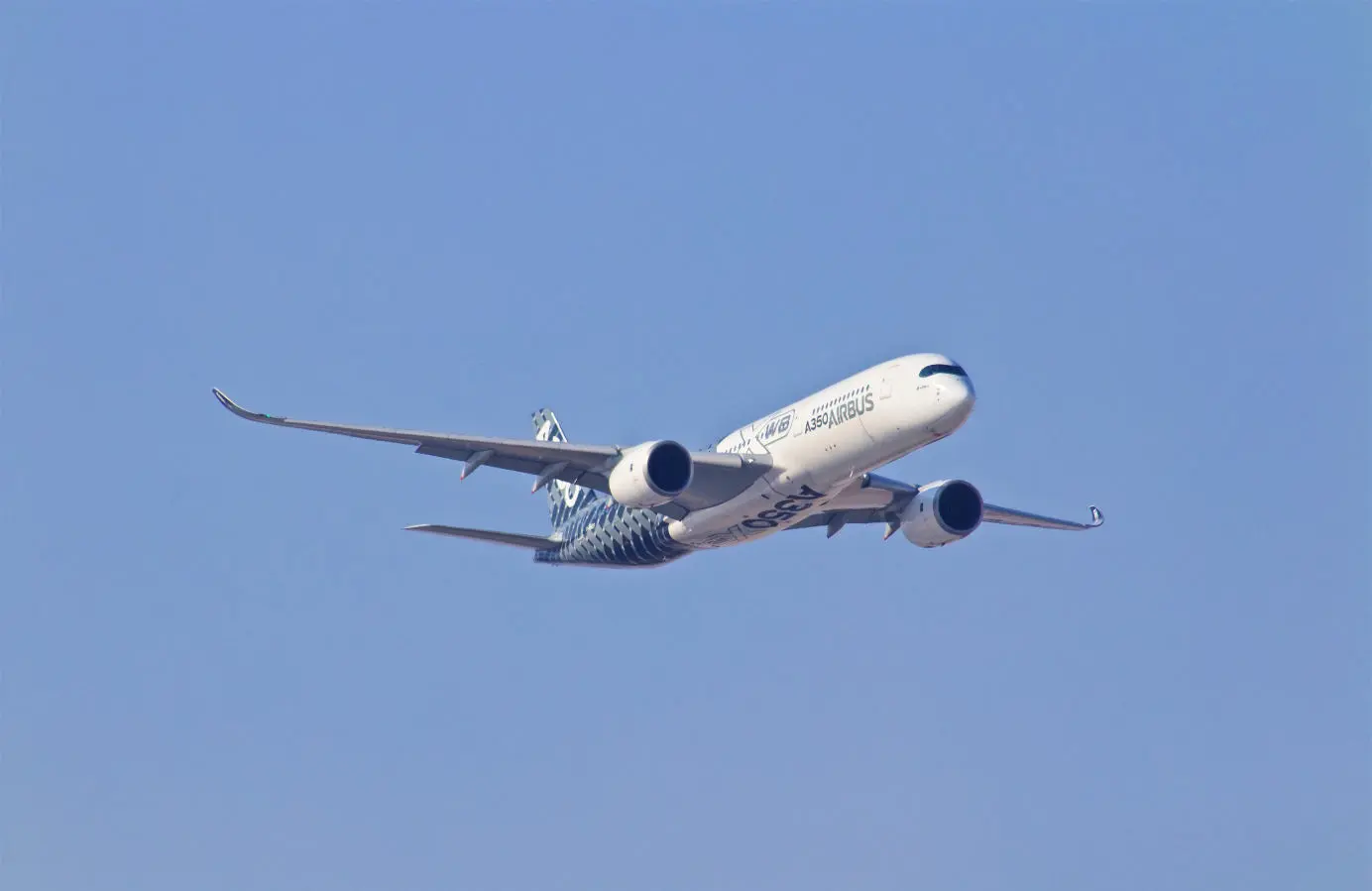
Breaking Down the Four Forces of Flight
The four forces of flight include lift, weight, drag, and thrust. Understand the fundamentals of flight and how these forces work together.
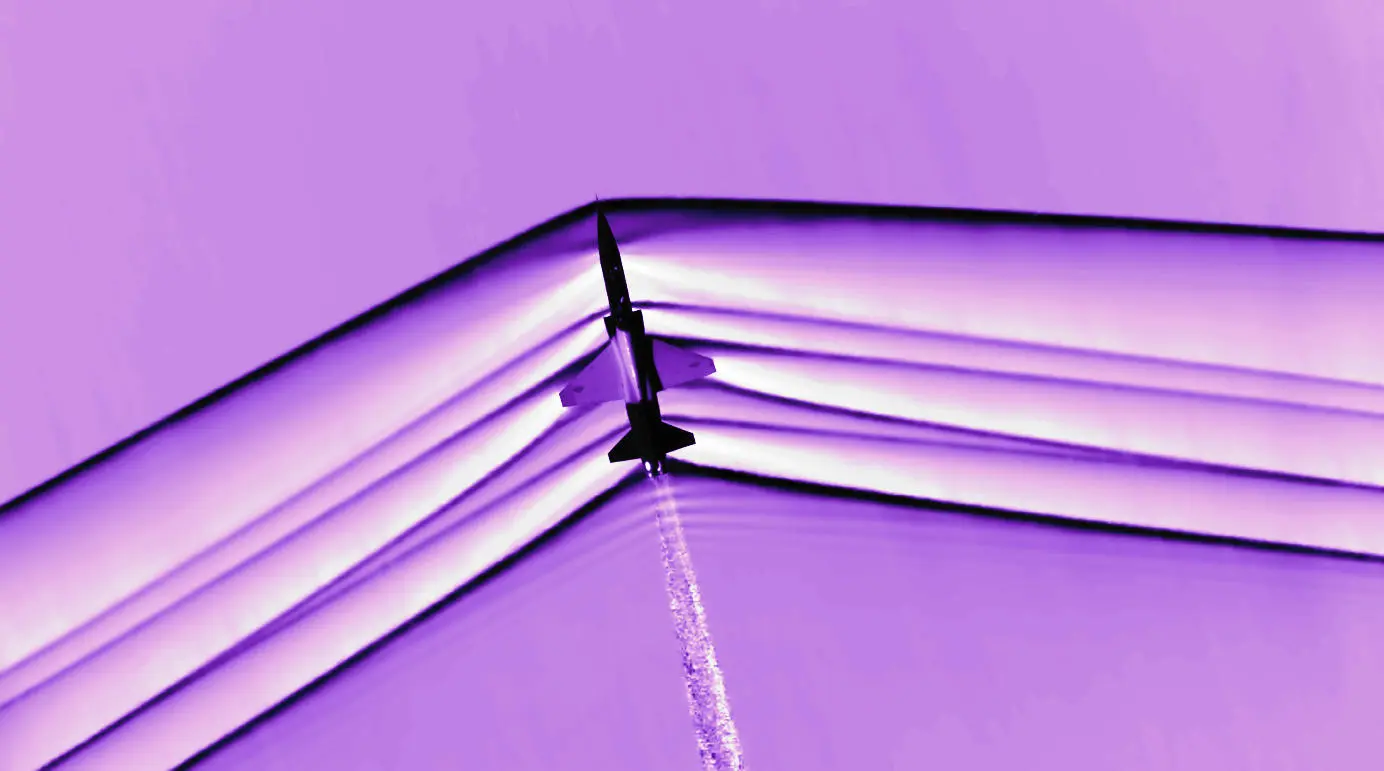
The Challenges of Supersonic Flight
Supersonic flight presents several challenges, including sonic booms, fuel efficiency, heat generation, and environmental concerns. Learn about the obstacles and potential solutions for achieving supersonic travel.

The First Plane to Break the Sound Barrier
Learn about the first plane to break the sound barrier and the historical significance of this achievement. Explore the technology and the daring individuals who made it possible.
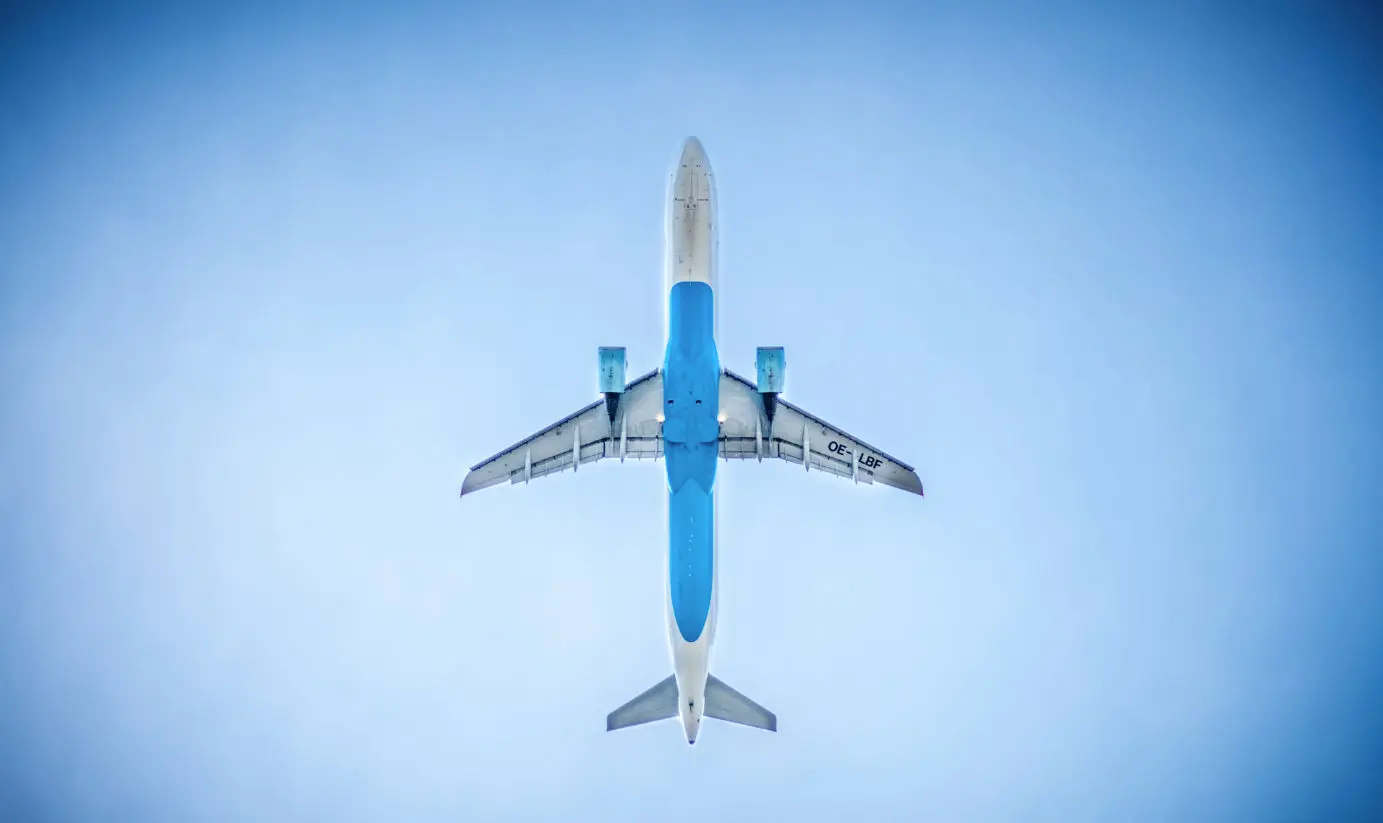
The Backbone of Flight: Understanding Aircraft Airframes
The airframe of an aircraft refers to the structure or frame that supports all other components, including the fuselage, wings, tail, and landing gear. Learn more about the importance and components of an aircraft airframe.
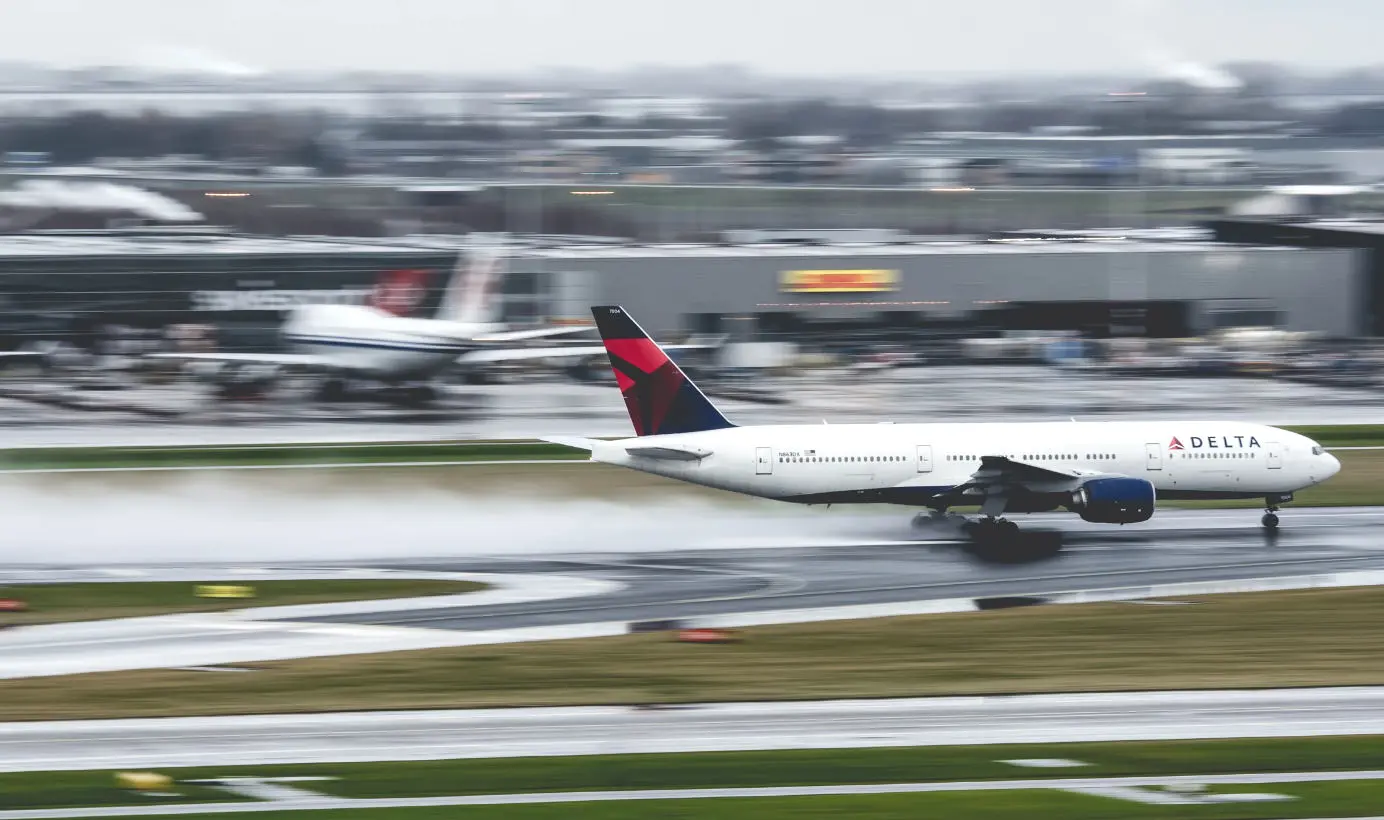
Rainy Runways: Plane Takeoffs in Wet Conditions
Airplanes are designed to take off and land in various weather conditions, including rain. Find out how planes are equipped to handle rain and the safety measures in place to ensure a smooth takeoff even in wet weather.
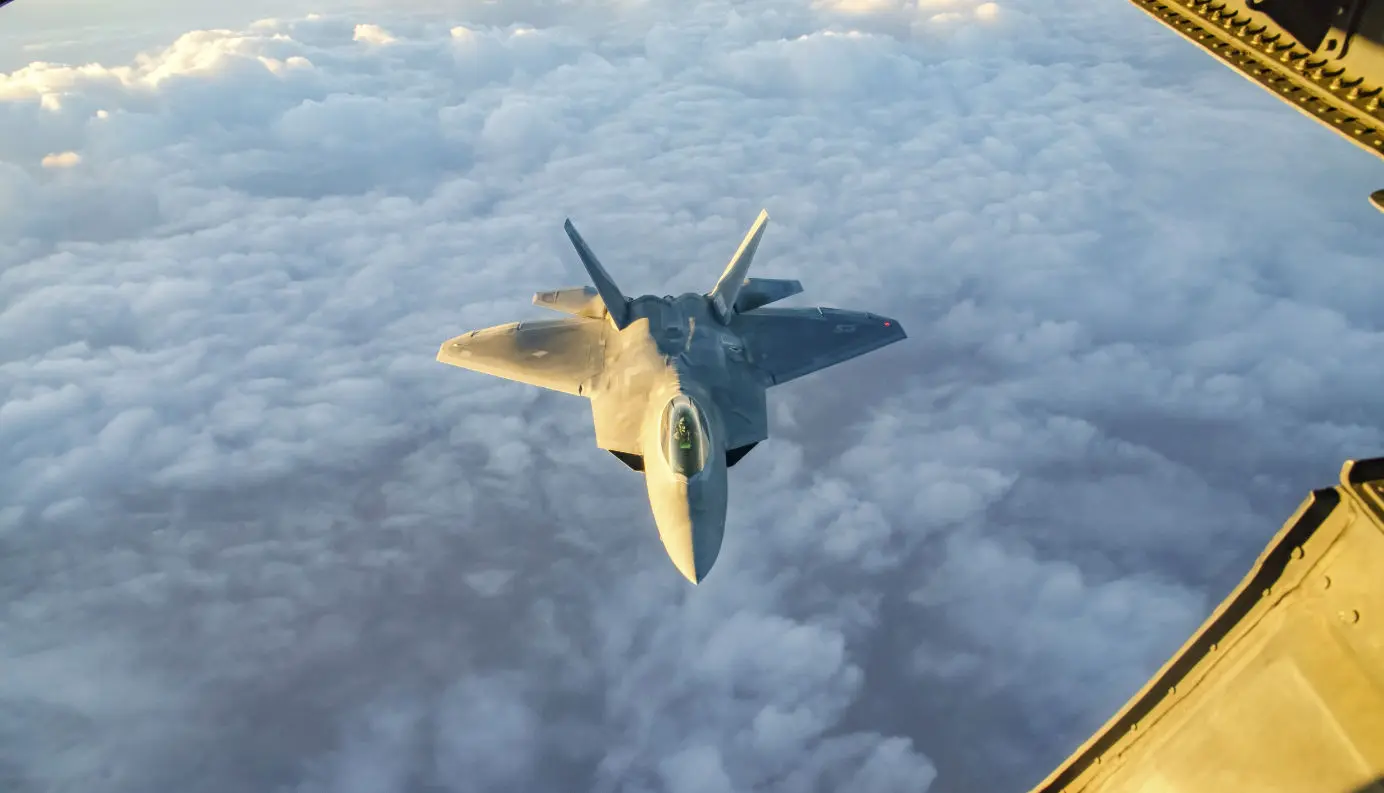
Does the US Navy Have the F-22 Raptor?
Discover if the US Navy has the F-22 fighter jet in its arsenal. Get the answer to this question and learn more about the US Navy's aircraft.


